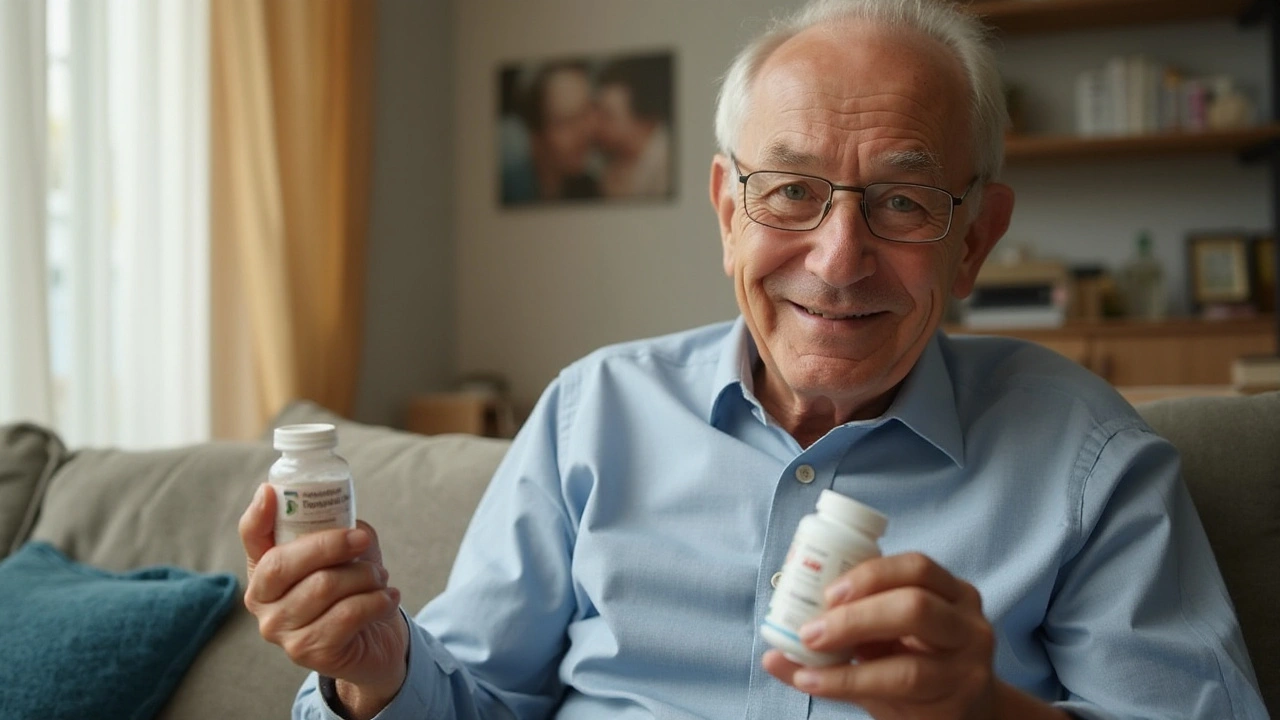Chronic Obstructive Pulmonary Disease: Quick Tips to Breathe Better
Did you know a single cigarette can shrink your lung capacity by about 10%? If you’re living with COPD, every breath counts, and small changes can make a big difference.
Everyday habits that help your lungs
First off, quit smoking if you still do. It’s the single most powerful thing you can do for COPD. If quitting feels impossible, try nicotine patches, gum, or a quit‑line. Even cutting back a few cigarettes a day can slow the damage.
Next, keep your home air clean. Dust, pet dander, and strong smells can trigger flare‑ups. Use a HEPA filter, vacuum with a bag that traps particles, and avoid aerosol sprays. Opening windows for fresh air (when pollen isn’t high) also helps.
Exercise might sound scary when you’re short of breath, but gentle activity trains your diaphragm and improves oxygen use. Start with a 5‑minute walk around the block and add a minute each day. If walking isn’t an option, try seated marching or light resistance bands while watching TV.
Hydration is another secret weapon. Drinking enough water keeps mucus thin, making it easier to cough it out. Aim for at least 8 glasses a day unless your doctor says otherwise.
Nutrition matters too. Focus on foods rich in antioxidants—berries, leafy greens, and nuts. They can reduce inflammation in the airways. Limit salty and processed foods because excess sodium can cause fluid retention, which can worsen breathing.
When to call the doctor
If you notice a sudden increase in coughing, wheezing, or you start producing thick, colored mucus, it could be an infection. Those symptoms often need antibiotics or steroids, so don’t wait.
Shortness of breath that suddenly feels worse at rest, or a rapid heartbeat, means it’s time to seek help right away. Those signs can signal a severe COPD flare or even a heart issue.
Regular check‑ups are key. Ask your doctor about inhaler technique—many people don’t use them correctly. A mistake as simple as not shaking an inhaler before use can cut its effectiveness in half.
Lastly, consider pulmonary rehabilitation. It’s a program that combines exercise, education, and support. Many patients report feeling stronger and more confident after just a few weeks.
Living with COPD isn’t easy, but you don’t have to go it alone. Use these practical steps, keep an eye on warning signs, and stay in touch with your healthcare team. Small, consistent actions add up to clearer breaths and a better quality of life.

